Description
Please be aware that a new version Cinema 4D 2025 is available here.
Overview Cinema 4D R25
The most intuitive 3D application interface just got even better with a new modern skin, user interface enhancements and an expansive preset system for optimizing your workflow. Capsules allow anyone to tap into the power and flexibility of Cinema 4D’s Scene Node system, with plugin-like features directly in the Classic Object Manager, while Data Import and Spline features within Scene Nodes power unique and useful toolsets via Scene Nodes, the Scene Manager and Capsules.
USER INTERFACE ENHANCEMENTS
With Cinema 4D R25, the most intuitive 3D application interface just got even better. An updated scheme and icon set offer a fresh, modern spin on Cinema 4D’s classic look that intuitively communicates what’s important and puts more focus on your artwork. Dynamic palettes power new layouts that make great use of space and ensure the tools you need are always close at hand. Tabbed documents and layouts make it easy to flow between multiple projects and workflows.
Updated Icons and Schemes
An updated icon set offers a modern spin on Cinema 4D’s classic icons, maintaining the overall spirit while reducing color and complexity to avoid distraction and introducing some new icons that offer better clarity and align with modern UI conventions. Other scheme elements have been updated as well – most notably sliders which are now more distinct.
Dynamic Palettes and Updated Layouts
With new Dynamic Palettes, your layouts in Cinema 4D can adapt to the current mode, object or tool. Release 25 uses dynamic palettes in new layouts that optimize screen real-estate while putting more tools in easy reach.
Document and Layout Tabs
New browser-inspired tabs at the top of the Cinema 4D window make it easy to switch between open documents or key layouts. Layout switching on multi-monitor displays is more reliable, and the width or height of layout elements can be maintained while switching resolution.
Intuitive Number Fields
Number fields in the Cinema 4D R25 Attribute Manager now work as virtual sliders – simply click and drag over any field to interactively adjust the value. Placing the cursor within the number field makes it possible to use the up and down arrow keys to increment the place value under the cursor – so you can quickly adjust by hundredths or hundreds.
HDR / EDR Viewport
Users with HDR monitors, including the many Mac displays supporting Extended Dynamic Range, now enjoy the option to display ultra-bright pixels in the 3D view.
WHAT’S NEW
CAPSULES
Capsule Assets constructed in Cinema 4D’s Scene Nodes core offer procedural plugin-like power. Now these Capsules can be used directly in Cinema 4D’s Classic Object Manager as primitives, generators or geometry modifiers. Or use a capsule constructor and augment your Classic C4D scene with your own node-based creation.
SPLINE IMPORT
Import vector artwork from Adobe Illustrator, PDF and SVG files to use in your 3D scenes. Using Adobe’s ubiquitous PDF format, splines are imported from Adobe Illustrator files saved with PDF compatibility. Advanced features like symbols and gradient-filled shapes are supported. Vector art stored in the SVG format can also be imported.
Vector artwork is automatically converted to 3 dimensions with the help of the Vector Import object. You can easily offset paths and layers in 3D space, define extrudes and sweeps to represent filled and stroked paths, and replace or reload artwork.
ASSET BROWSER
Powerful, Flexible Asset Management
The Asset Browser provides easy access to libraries of preset content stored locally or online, including a vast collection of 3D objects, materials and node capsules available to Cinema 4D subscribers. The library can be browsed or searched, and each asset includes rich metadata and keywords. Assets are downloaded on-demand, so there’s no need to pre-download huge libraries of assets. They’re also cached on your local computer, so your favorite assets are immediately available for re-use.
Keywords, Search and Filtering
Keywords can be added to your assets making content easily searchable. Save your frequent searches in smart folders and when assets are added later with the same keywords, they will be added automatically to those folders.
Presets Galore!
Store Presets for objects, tags, materials, tools and other Attribute Manager elements. You can specify defaults, and quickly recall any presets for each element via a new drop-down within the Attribute Manager. Store these and dedicated presets for gradients, color swatches, cap profiles and more within Cinema 4D’s Asset Browser.
New Simple Mode
Include a searchable palette of common assets directly in your Cinema 4D layouts. You can add individual’s assets, folders or smart searches to any icon palette. Assets will be immediately added to your scene while folders and smart searches will pop-up a small Asset Browser window.
Asset Versioning
Incredibly useful in complex production pipelines. As the project evolves the asset can evolve with it. Rolling back to a previous version or updating a scene with the latest version is as easy as a few clicks.
Objects, Instances or References
Insert object-based assets as objects, Instances or References for a extremely flexible and efficient workflows.
Add Your Own Assets
Create your own libraries and add your own assets by dragging them right into asset folders.
SCENE MANAGER
Scene Manager / Scene Nodes (preview)
Experience first-hand how things are taking shape as work continues on Cinema 4D’s new core. Cinema 4D’s Scene Manager uses powerful, node-based assets to construct procedural geometry or entire scenes in a hierarchy-based view. The Scene Manager will eventually offer a fast and creative workflow much like Cinema 4D’s Classic Object Manager, and you can easily integrate Classic C4D objects by simply dragging them into the Scene Manager. Everything you do within the Scene Manager creates a corresponding node graph within Scene Nodes, so you can choose whichever workflow you prefer or the job demands.
Scene Nodes
With Cinema 4D’s Scene Node core you can manage relationships and dependencies between objects, construct and modify geometry, and build reusable assets.
Scene Nodes Debugging
You can effectively debug scene node systems with the help of an information overlay, port debug panels within the Node Editor, and a powerful Data Inspector window for detailed introspection of arrays and other complex datatypes.
Distributions, Nodes and Capsules
The true power of Scene Nodes is the ability for TD-level users to expand the ecosystem without a single line of code, and these both expand possibilities and serve as a useful example of the type of tools users can expect as Scene Nodes continues to mature.
Scene Nodes Spline Core
Support for splines in Cinema 4D’s Scene Nodes core makes it possible to assemble linear, bezier, b-splines and NURBs splines. Properties like color, weight and normal can be assigned to points and the interpolated position, tangent and values can be retrieved along the spline. The Spline Primitive Group allows the creation of new Spline Primitive assets, and several built-in primitives include C4D favorites and a new Segment primitive.
Data Integration
CSV files can be imported and used in your Scene Nodes setups, enabling rich 3D data visualizations. Capsule assets provide a variety of data visualization options that can be easily applied to any data. With the new Command Line Argument node, values can be passed into Scene Node setups to render dynamic content without opening Cinema 4D.
System Requirments
Operating System
- Windows:
Windows 10 Version 1809 or higher
Intel 64-bit CPU or AMD 64-bit CPU with SSE3 support
8 GB RAM, recommended 16 GB - macOS:
macOS 10.14.6 or higher, macOS 10.15.7 is recommended due to a number of Metal enhancements which will improve the performance, stability and interaction with the viewport.
Intel-based Apple Macintosh or Apple M1-powered Mac
4 GB RAM, recommended 8 GB - Linux Command-Line Rendering:
CentOS 7, 64-bit
Ubuntu 18.04 LTS, 64-bit - Online connection required.
Recommended minimum resolution 1920×1080
Graphics Cards
- Windows:
Minimum: NVIDIA Maxwell GPU, AMD Polaris (AMD GCN 4), Intel Kaby Layke or newer supporting DirectX 12 with feature level 11.0
Minimum GPU Driver: NVIDIA 461.40, AMD 21.3.2, Intel 27.20.100.9168 - macOS:
Metal: macOS GPUFamily1 v3 or higher (see about this Mac → System report → Graphics/Displays)
GPU: only official supported hardware by Apple (feature set macOS GPUFamily1 v3+)
e-GPU: only official supported hardware (please refer to https://support.apple.com/en-us/HT208544)
Although Cinema 4D supports all DirectX 12 feature level 11.0 or Metal GPUFamily1 v3-capable graphics cards, we recommend using a dedicated 3D graphics card with an AMD or NVIDIA chip set. For Intel GPUs we recommend 16 GB of RAM due to integrated GPUs using up to half of the computer’s available RAM.
Maxon is not responsible for the compatibility of individual graphics cards with the DirectX 12, OpenCL or Metal mode. Due to the large number and types of available chip sets, operating systems and driver versions we cannot guarantee the compatibility of all systems.
Please make sure that you always use the most current official graphics card driver (no beta versions).
We test the compatibility of our products with the driver and OS versions available at the time of the announcement of a new Cinema 4D release and focus on typical mid-range to high-end systems and basic coverage on low-end (min. requirements) systems. Additionally, we try to keep up with hardware, driver, and OS updates as soon as they are released.
Nevertheless, please understand that we cannot guarantee support of new hardware and operating systems shipped after the announcement of this Cinema 4D version.
The technical specifications of Maxon products are constantly changing. Please use the most current version of the software to test its compatibility on your computer (especially if you have a more elaborate configuration).


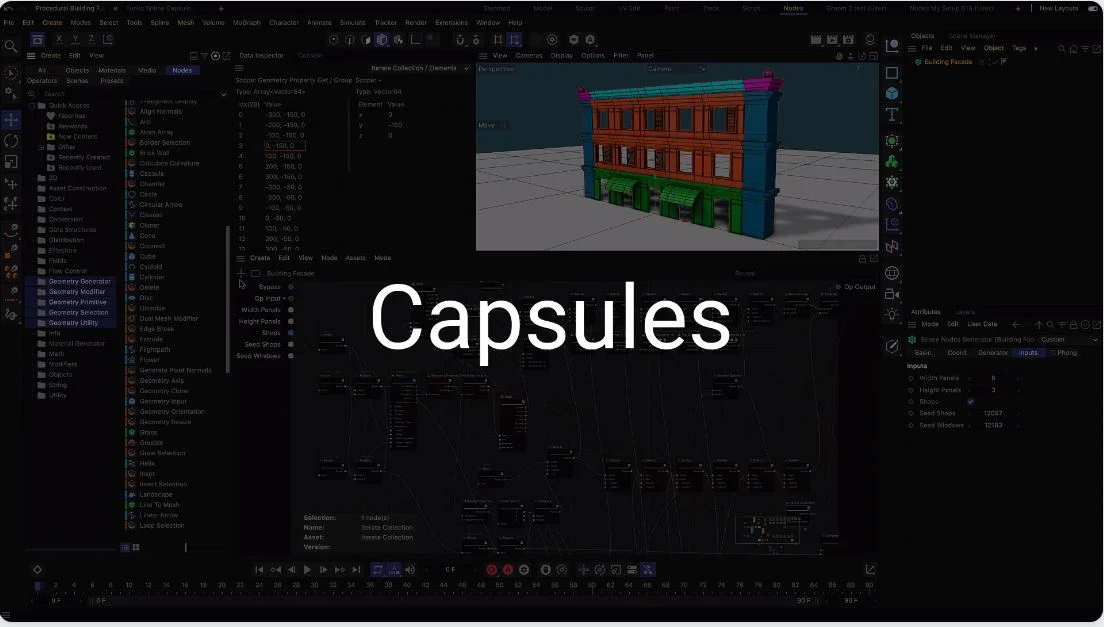
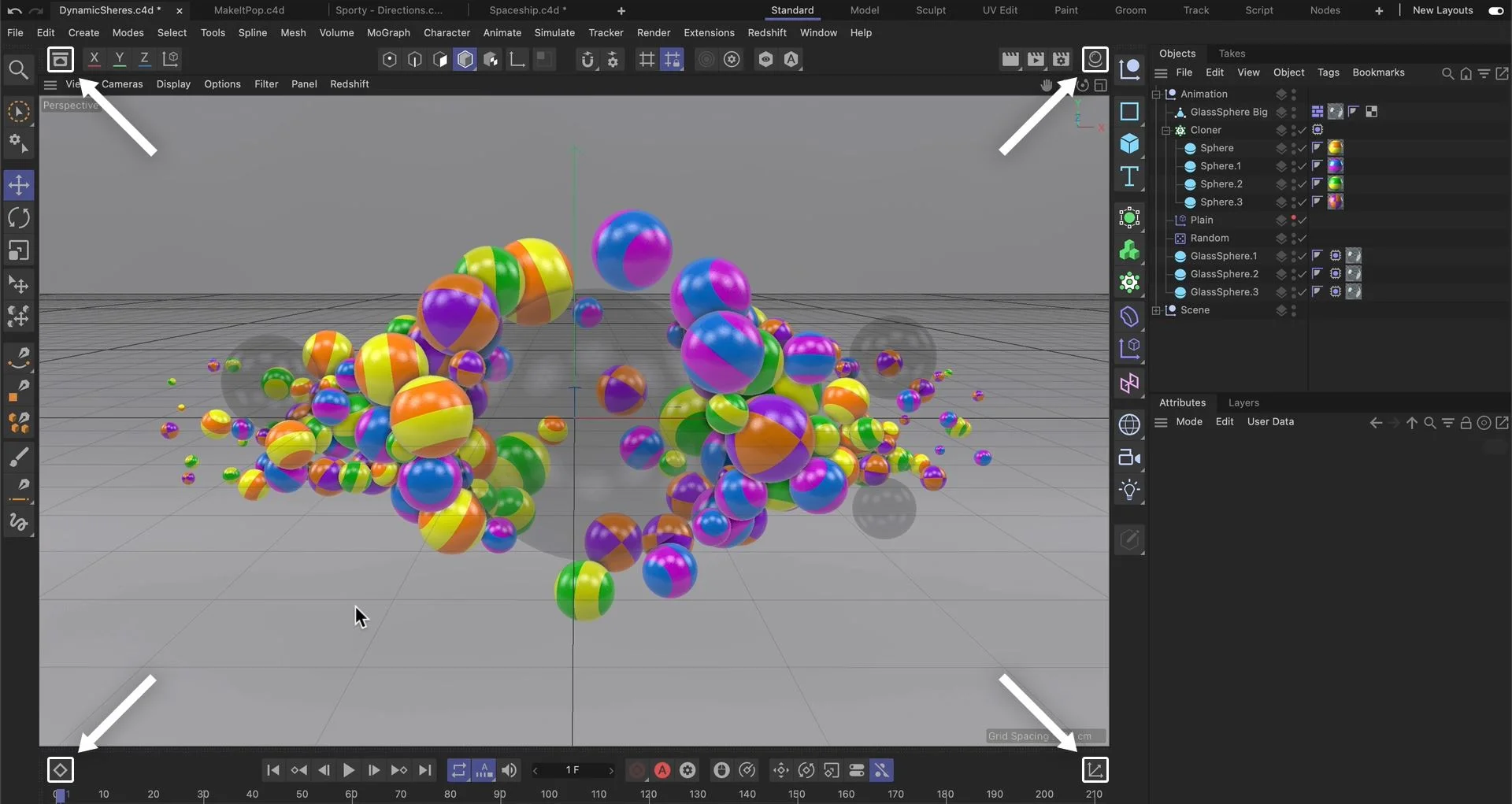
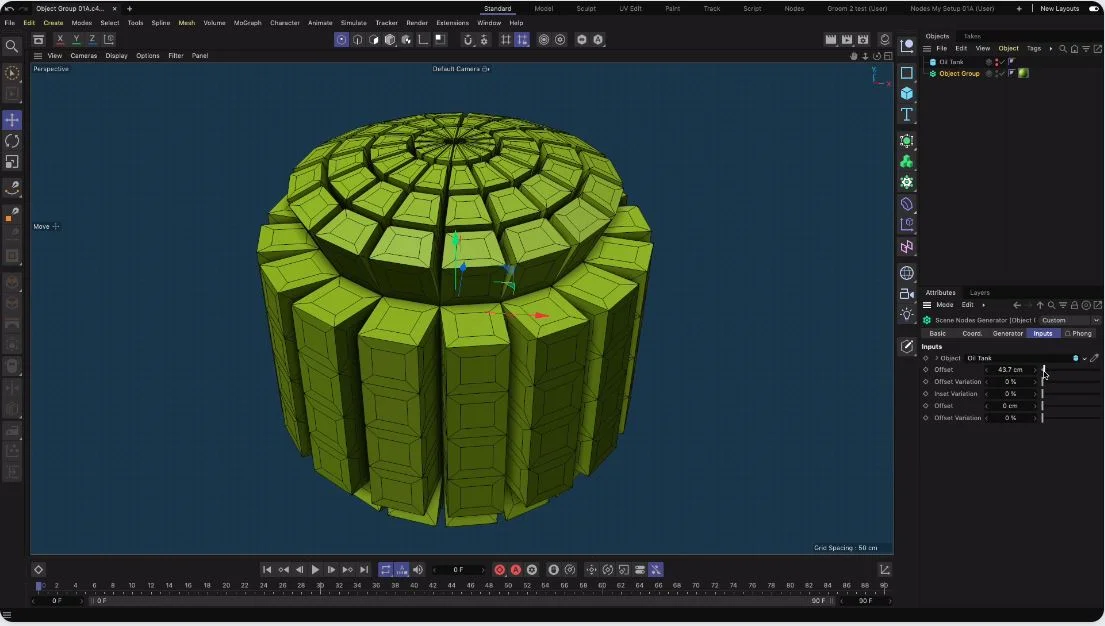

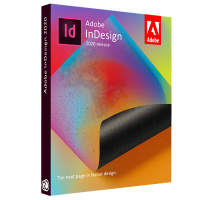

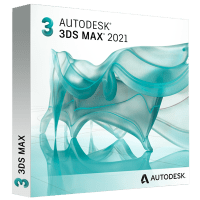

Reviews
There are no reviews yet.